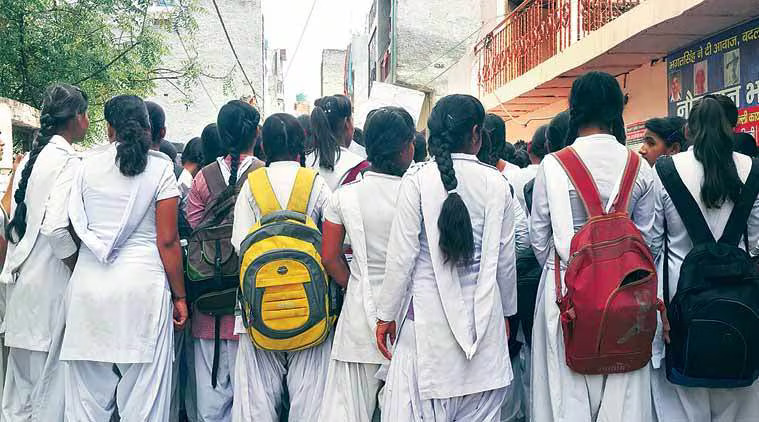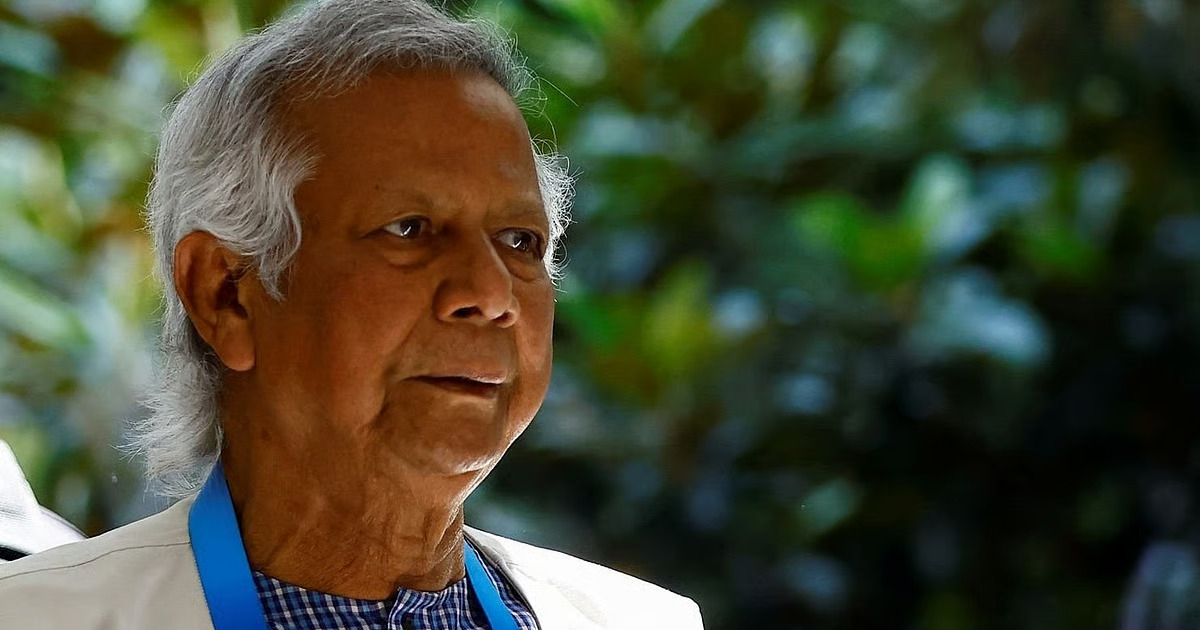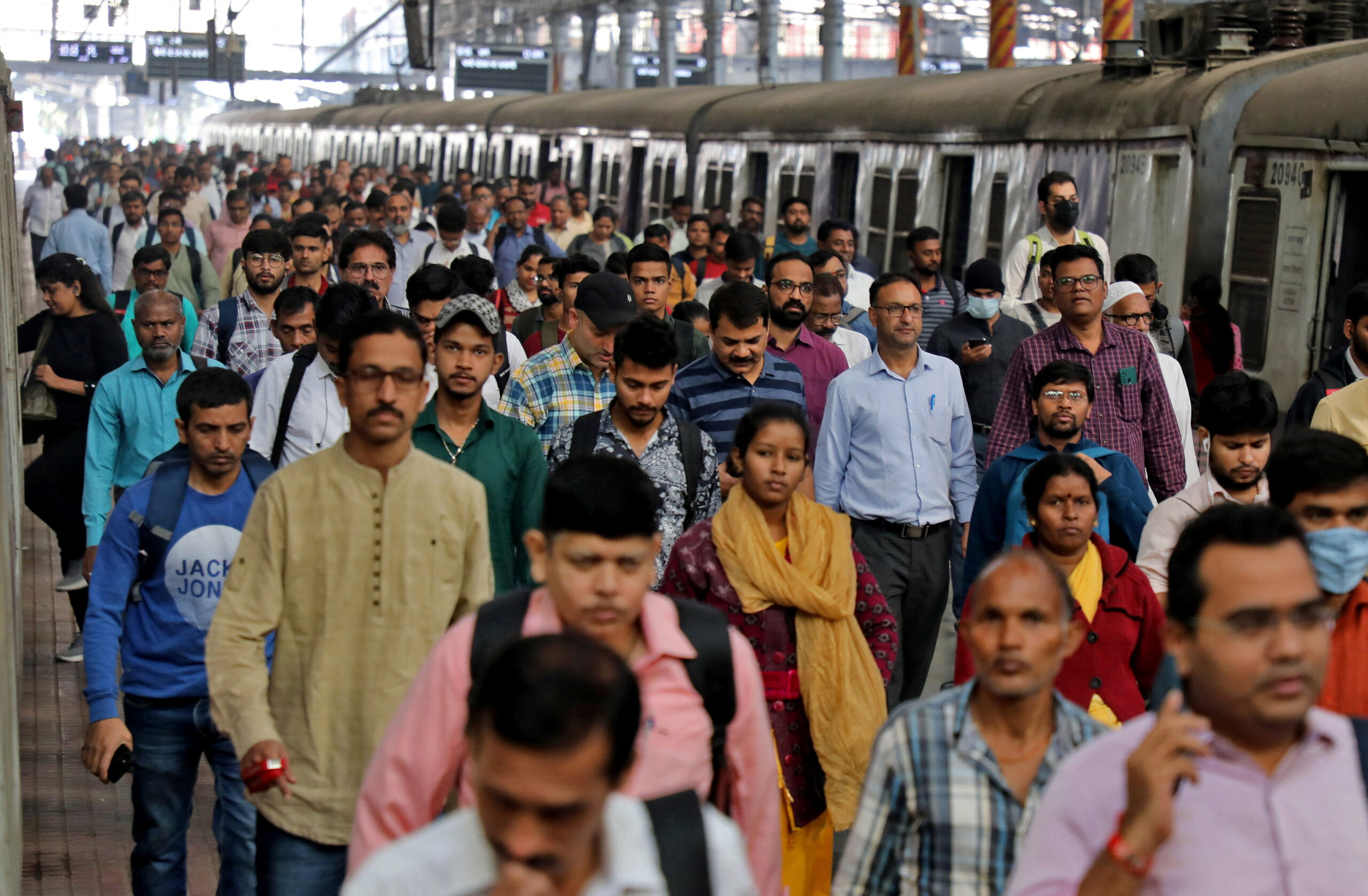Social Welfare
Educate a Woman, Empower a Nation
Bhawna Pathak | Nov. 13, 2025

Prof. Pradeep Mathur | Nov. 13, 2025

EW•NN | Nov. 13, 2025

Amit Pandey | Nov. 13, 2025

Amit Pandey | Nov. 13, 2025

Prof. Pradeep Mathur | 3 weeks, 4 days ago

EW•NN | 3 weeks, 4 days ago

Amit Pandey | 1 month ago

Amit Pandey | 1 month ago


Educate a Woman, Empower a Nation

The Architect of Modern India

NBCC Posts Robust Q2 Performance, Profit Surges Over 35% on Standalone Basis

The Mirage of Viksit Bharat


